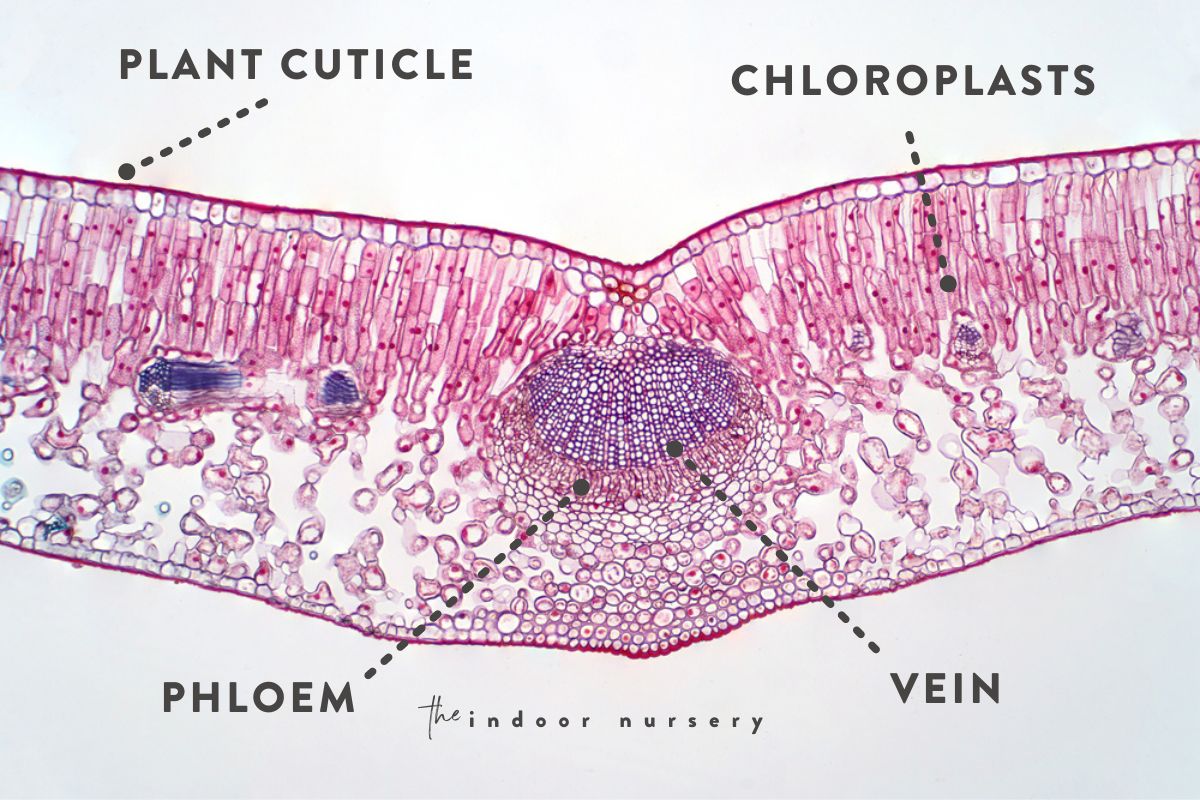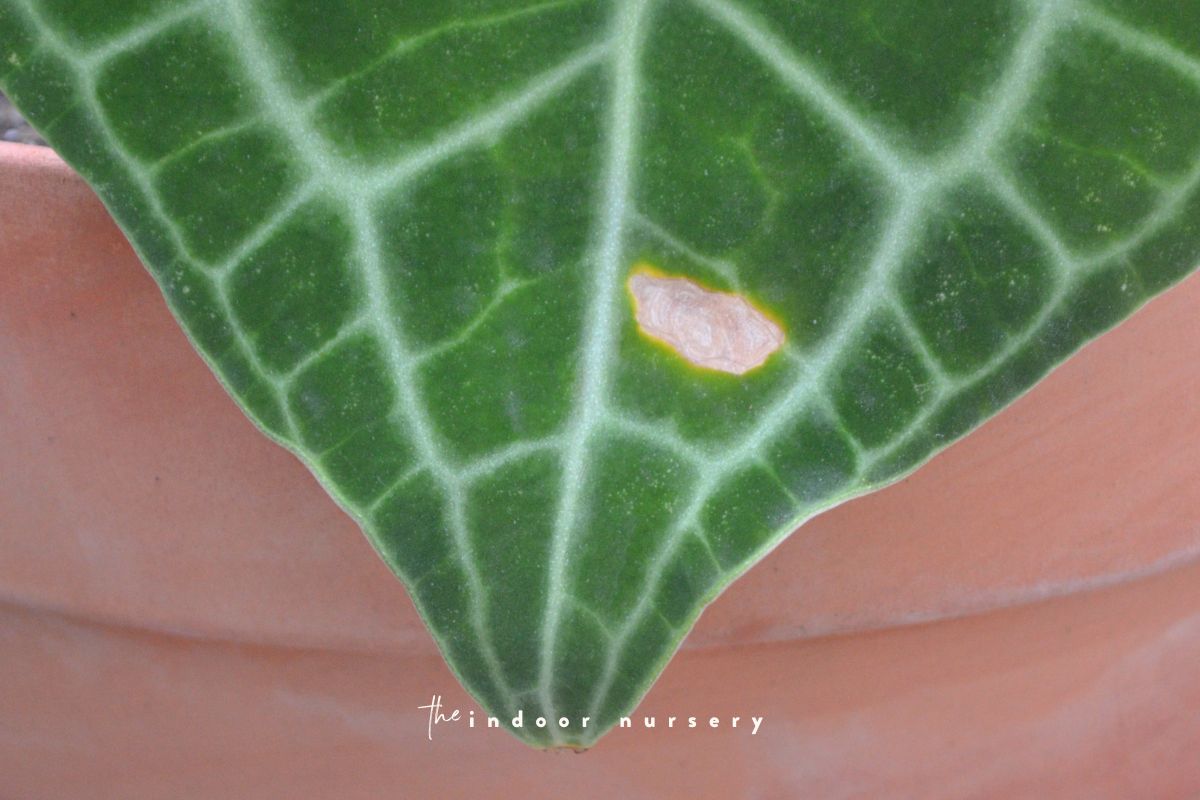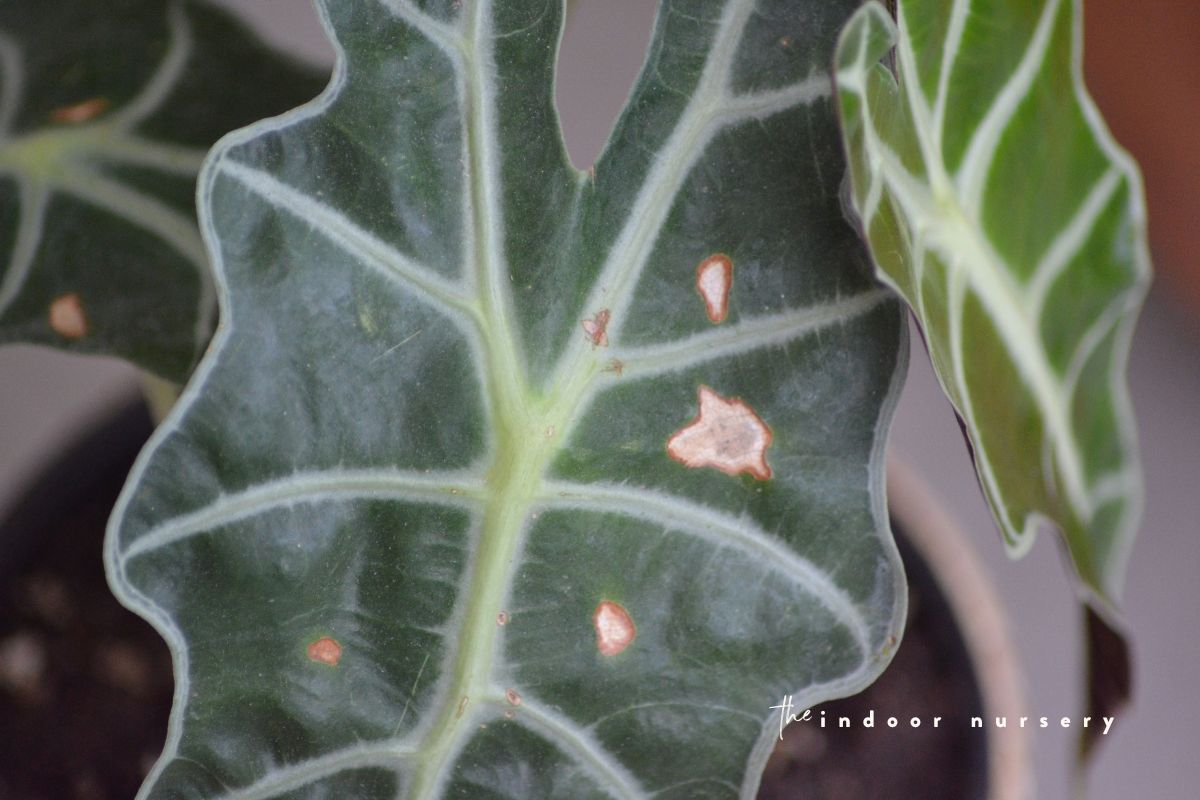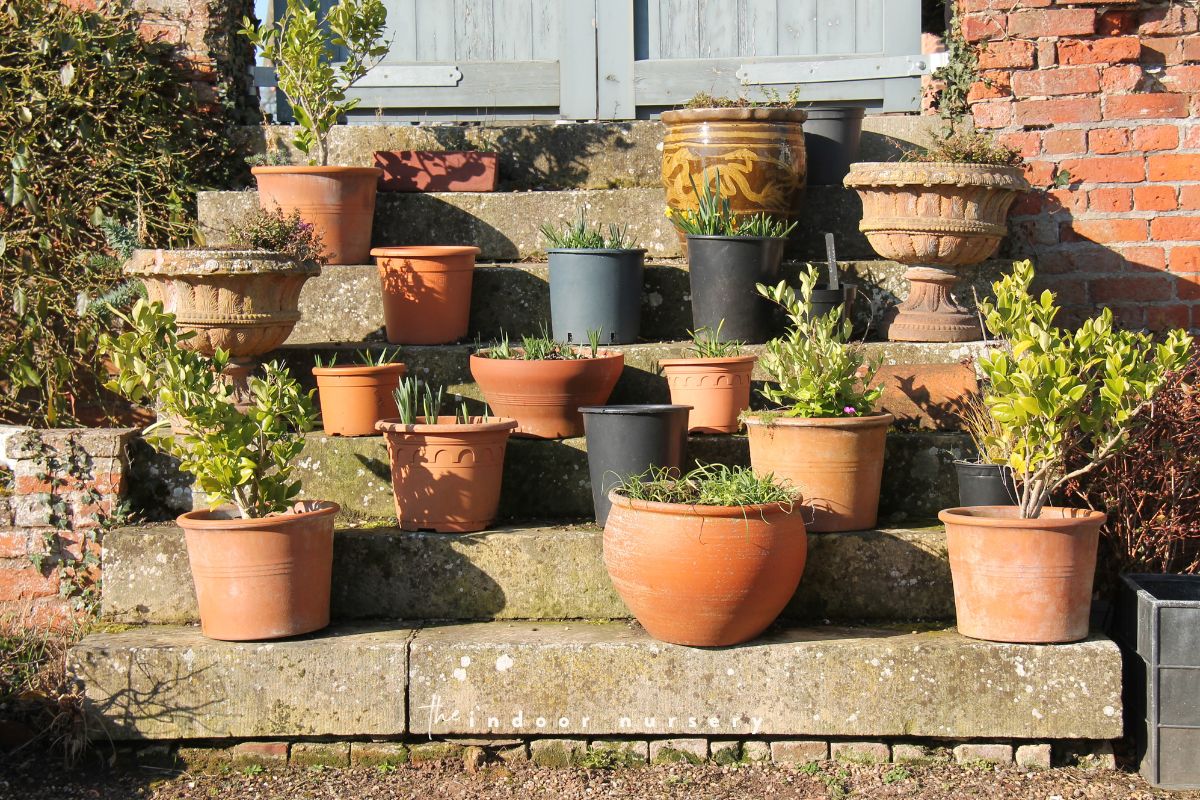If you’ve ever accidentally burned your plants by placing them in direct sun for what you thought would be a joyful afternoon, then you are in the right place. The hardening off process allows plants to safely become accustomed to a new environment. I’m going to walk you through my own experience hardening off plants so that you can avoid the same mistakes that I did. By the end of this post, you’ll be ready to start hardening your plants without causing any damage.
Hardening off plants
Hardening off plants means that you are introducing plants to new conditions with gradual exposure so as to avoid any transplant shock or damage. Freezing temperatures, direct sunshine, and other harsh outside elements can be traumatizing for tender plants and young plants like seedlings. The hardening process allows plants to adapt to the new conditions at a rate that reflects the changing conditions in the natural world.
During the hardening off process, the plant cuticle thickens to keep moisture in and protect the plant from harsh outdoor conditions. You need to allow the plant enough time to develop the cuticle so that it can survive the new conditions.

Key takeaway: Plants like a stable environment and anytime you want to change the environment, you need to give the plant time to adapt.
What happens if you don’t harden off plants?
If you don’t harden plants before introducing them to new conditions, then the plant will not be able to protect itself from the new conditions. The UV rays from full sun can sunburn your plants and literally burn a hole through the leaves. Freezing temperatures can turn tender leaves to mush as the frost breaks down the plant cell walls. In summary: it will destroy your plants.

Do you need to harden off plants purchased from a nursery?
The best way to prepare your plants for a new environment is to gradually increase exposure to the new environment. So if your plants from a nursery are in full sun all day, then it’s unlikely that putting the plant in full sun will do any major damage. That being said, still put your new plants in a protected spot so that you can monitor them for at least a week, up to two weeks.
Here’s what I do:
- I like to find a sheltered location that is similar to the conditions that the plant came from. I place the plant there for at least a week to get used to its new home and to settle down from the stress of moving and possibly being repotted.
- I monitor the plant carefully during this first week. Most plants will adjust just fine, but some are more sensitive than others.
- If you’re moving your plant from outdoors to indoors, then the change in conditions are a lot gentler than the other way around. Still, if your plant is used to full sun, then place it next to a bright sunny window so that it can continue to enjoy the good life of photosynthesis.
- If you’re moving your plants outdoors, then begin hardening after the first week by following the steps in the instructions below.

How long do you have to harden off plants?
It depends on the plant. Tender plants, like baby plants and seedlings, can take about two weeks in mild conditions. Harsher conditions, like when I was living in Queensland, Australia, can take longer. The important thing is to carefully monitor your plants and pay attention to the signals they are giving. Gradually increase exposure until your plants seem strong enough to happily stay in their permanent location.
When to harden off your plants
It’s important to harden plants any time you’re making a transition from one environment to another. Here are a few examples of what might require the hardening process:
- cooler temperatures
- cold nights
- direct sunlight
- high wind
- drastic changes in temperature
How to harden off plants by gradually exposing them to new conditions
I will write a full post about hardening off plants related to urban homesteading, but this post is mostly about indoor plants going outside. However, whether you’re hardening indoor plants or delicate seedlings for your vegetable garden, the process remains the same: gradual exposure to new outdoor conditions.
Begin exposure to new condition
- Days: 1-3
- Time: 1 hour
For plants started indoors, begin by putting your plant in a sheltered position in the new environment. On windy days, be sure to protect the plants from the wind. If it’s a cloudy day, be mindful that clouds periodically part and full sun can break through (that’s how I sunburned my plants on a cloudy day). Place your plant in the new condition for an hour a day for the first few days.
Increase exposure to new conditions
- Days: 4-7
- Time: 2-3 hours
Increase outdoor exposure by placing your plants outdoors for two to three hours per day in a bright and protected spot. If it’s a warm day, then try to place the plant in a location that has good air circulation but is protected from the sun.
Increase amount of sunlight
- Days: 8-10
- Time: 30 minutes to 1 hour
I’m extremely cautious when it comes to hardening off plants. Sunburned plants can happen within an hour, so the first time that you place your plants in direct sunlight, watch them carefully for the full hour. If they seem fine, then gradually increase the amount of time that it spends in the sun over the course of a few days.
Leave plants overnight
- Days: 11+
- Time: overnight
As long as the temperature is well above freezing at night, you can begin leaving your plants outdoors overnight.
A few tips for hardening plants
- Do not transition plants to outdoor conditions during the winter. It’s best to move plants outdoors well after the last frost date in late spring.
- If possible, move your plants on a cloudy day so that the outdoor conditions are not too strong for the plant, which is already under stress.
- Be mindful of your plant’s natural habitat and your general Hardiness Zone. Some cold hardy plants will love the outdoors while other delicate plants may need to remain in a sheltered position outdoors.
- You can always use a grow light to gradually increase exposure to light. This might be helpful in places with harsh sunlight. That being said, some grow lights require hardening plants prior to using them as well!
more about common questions
- How To Get Rid Of Scale On Plants
- How To Treat A Magnesium Deficiency In Cannabis
- It’s Not O-K: Potassium Deficiency in Cannabis
- How To Make Pothos Fuller (In 5 Minutes)
- Save Your Overwatered Monstera In 4 Steps (And How Not To Do It Again)
- Scale On Monstera: What To Do And How To Save It
- Common Calathea Problems and How to Fix Them

